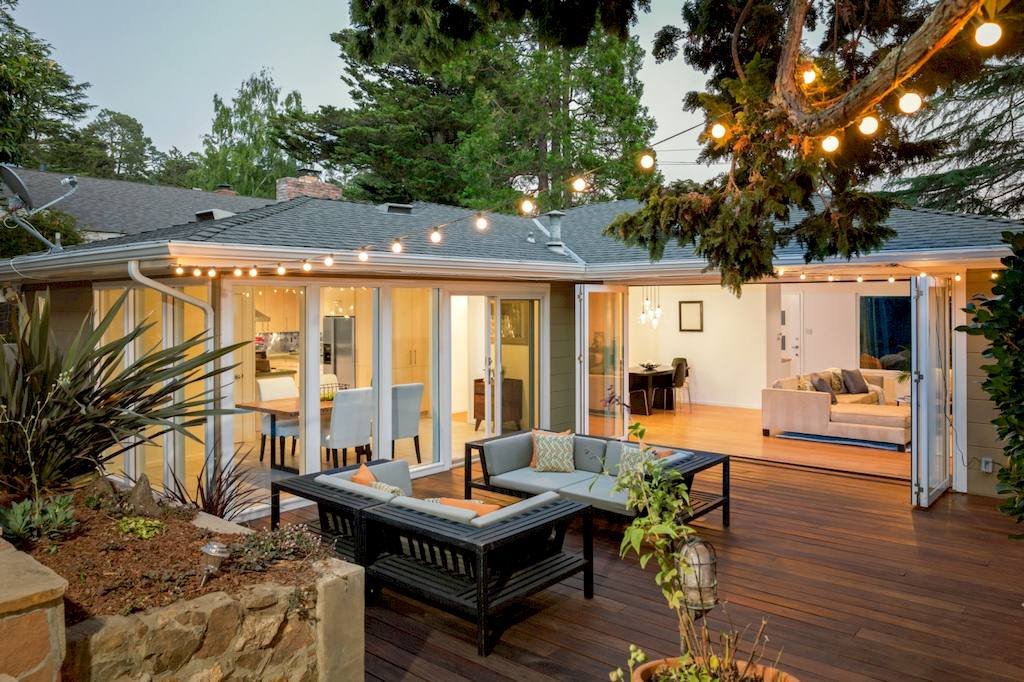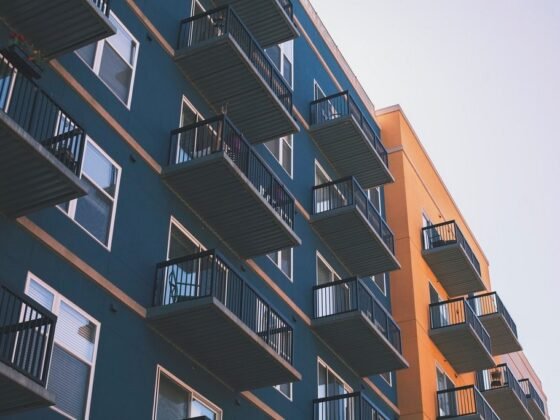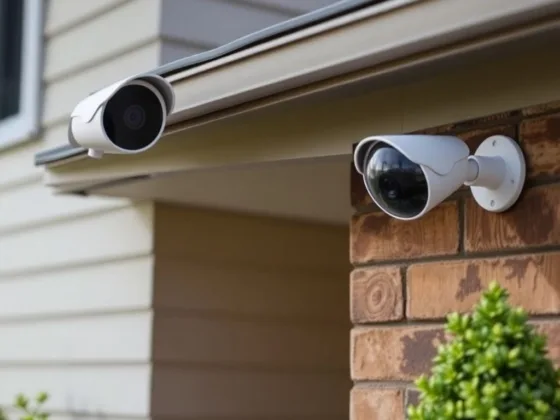Table of Contents Show
In 2020, adding a wooden deck to your home costs an average of $14,360. The impact on resale price is an additional $10,355. That’s a cost recoup of 72.1%.

Home improvement projects can add value to your home in the long term. Read on to learn how adding a deck can boost your home’s value.
Read Also:
1. Return on Investment
Deciding on home improvement projects is complex. If you expect to stay in the home for the foreseeable future, the home improvement project is probably mostly about improving the amenity and aesthetics of your home.
At the same time as adding features to your home that you will enjoy, it makes sense to consider whether you are also making a good investment decision.
If you are selling your home soon, any home improvement project must be about making your home more attractive to buyers and adding value.
There’s a trade-off between cost and added value to calculate. Using a guide like the Cost Vs Value Report can help but bear in mind there are other factors that impact the resale value of a property.
Your specific locality, short-term factors, and even global pandemics can have unexpected effects on housing markets. Learn more here.
With regard to adding a deck, there are some key options to consider to maximize the return on the investment. Your choice of materials is the first key factor.
2. Wood Deck
A deck made of wood achieves significantly more return on investment than the next best option. The 72.1% cost recoup puts it in the top seven home improvement projects in the 2020 Cost Vs Value report. That’s three places above the option of a composite deck.
Over the last 10 years, the cost recoup has never dipped below 70%. It’s been at over 87% as recently as 2014 and almost 83% in 2018.
It’s been declining in recent years as costs have increased but this may be cyclical as the pattern for 10 years has been repeated decline and increases but always staying within the range 70% and 90%.
A wood deck is an attractive and robust feature both in terms of investment return and as an amenity for your home.
The deck described in the Cost Vs Value Report is 16×20-foot. It’s anchored to concrete piers and supported by 4×4-inch posts. Pressure-treated joists and deck boards give it longevity.
The deck also has attractive railings and wood posts. A bench and planter made from the same material as the deck are also included. All in all, it’s a stylish, useful, and long-lasting feature.
3. Composite Deck
The alternative to a wood deck is composite. It fairs less well in the Cost Vs Value Report but is still a very attractive and worthwhile option for a homeowner wanting a deck.
The 2020 figures state that the cost recoup is 66.8% down from 69.1% the previous year. This is only 3% below the return on a wood deck in 2020. There are small annual variations in the costs so this difference may not be significant over the coming years.
The return has never dipped below 62.8% or topped 74.3% in the last 10 years. It’s always a good performer against other home improvement projects.
In the report, the composite deck consists of a 16×20 deck with an installed cost of $19,856. This typically added $13,257 to the resale price. A composite deck is anchored by 4×4 pressure-treated wooden joists on concrete piers.
The composite deck includes stairs, a bench, and a planter. It also has a railing surrounding the deck. A very attractive feature.
4. Increase the Value of Your Home
On the face of it, the lower installation cost and higher percentage recouped by the wooden deck option make this a clear win for wood. There is another way to think about this.
The higher installation cost of the composite deck does increase the value of the property by more albeit at a lower rate of return. This increase in value could be important if you are wanting to increase the attractiveness of your home in the resale market.
The added value may be a perceived value but it’s worth additional dollars when you come to sell. A deck is a feature that potential customers want.
5. Minimizing Maintenance
Maintaining a wood deck is expensive. It’s recommended that the wood be treated regularly. A two or three-year cycle of re-staining may give you little change from $1,000.
A composite deck needs little maintenance other than cleaning. This might please you but it might also be especially attractive to a prospective buyer, especially if they want to minimize ongoing costs of maintenance.
6. Better Than the Rest
A deck is not the only option for home improvement which improves the value of your home. Adding a deck adds value to your home even compared to the other options.
Some common home remodeling projects that perform less well than adding a deck include bathroom remodeling, kitchen remodels, roof replacement, and even adding a bathroom. All these options offer lower returns than either form of decking.
Not only are these other remodeling options poor investments, but they are expensive too. A typical major kitchen upgrade costs an average of $68,490 and a new metal roof can be around $40,000. An additional bathroom can cost over $90,000 and barely achieves less than 55%.
7. The Millennial Market
Millennials, that is people between the ages of 21 and 38, represent 37% of home buyers, according to the National Association of Realtors. This segment of the home buyer market is likely to have children and for them, space is a premium.
Having additional space in a home is expensive and Millennials are not necessarily able to afford it. This group of people is much more likely than most to be buying a home for the first time, so funds are short.
A very cost-effective way of having more square footage in your home is to have a deck so homes with a deck are attractive to this important home buying segment.
Adding a Deck Makes Sense
Adding a deck makes financial sense. It adds value and amenity to your home. Even if you don’t want to sell, enjoy deck life until you do.
Browse this website for more home improvement tips.










